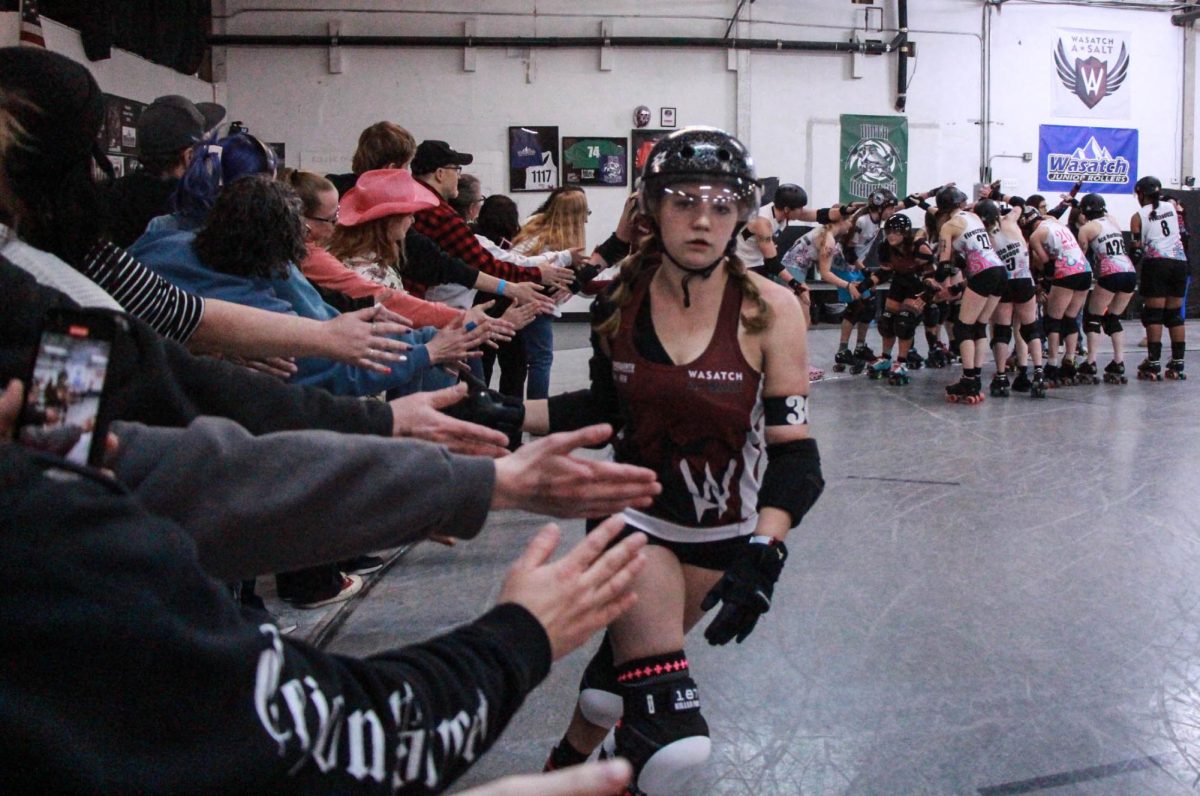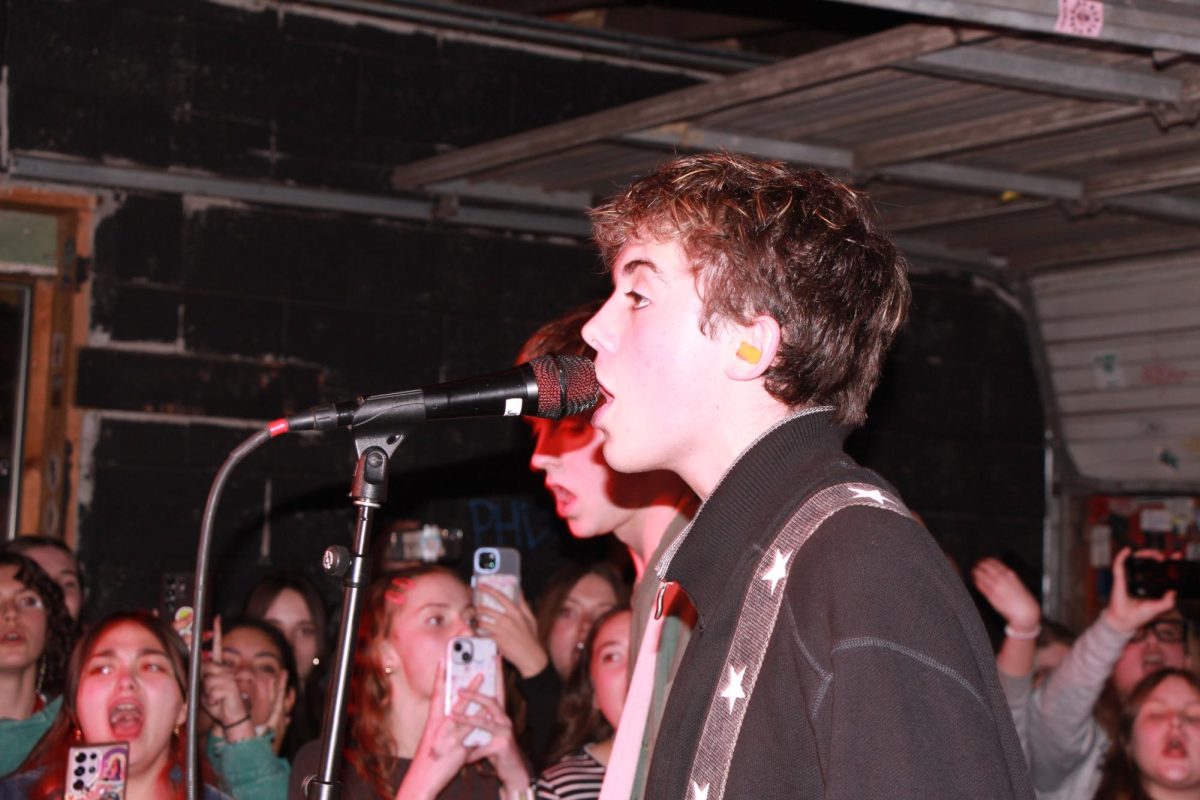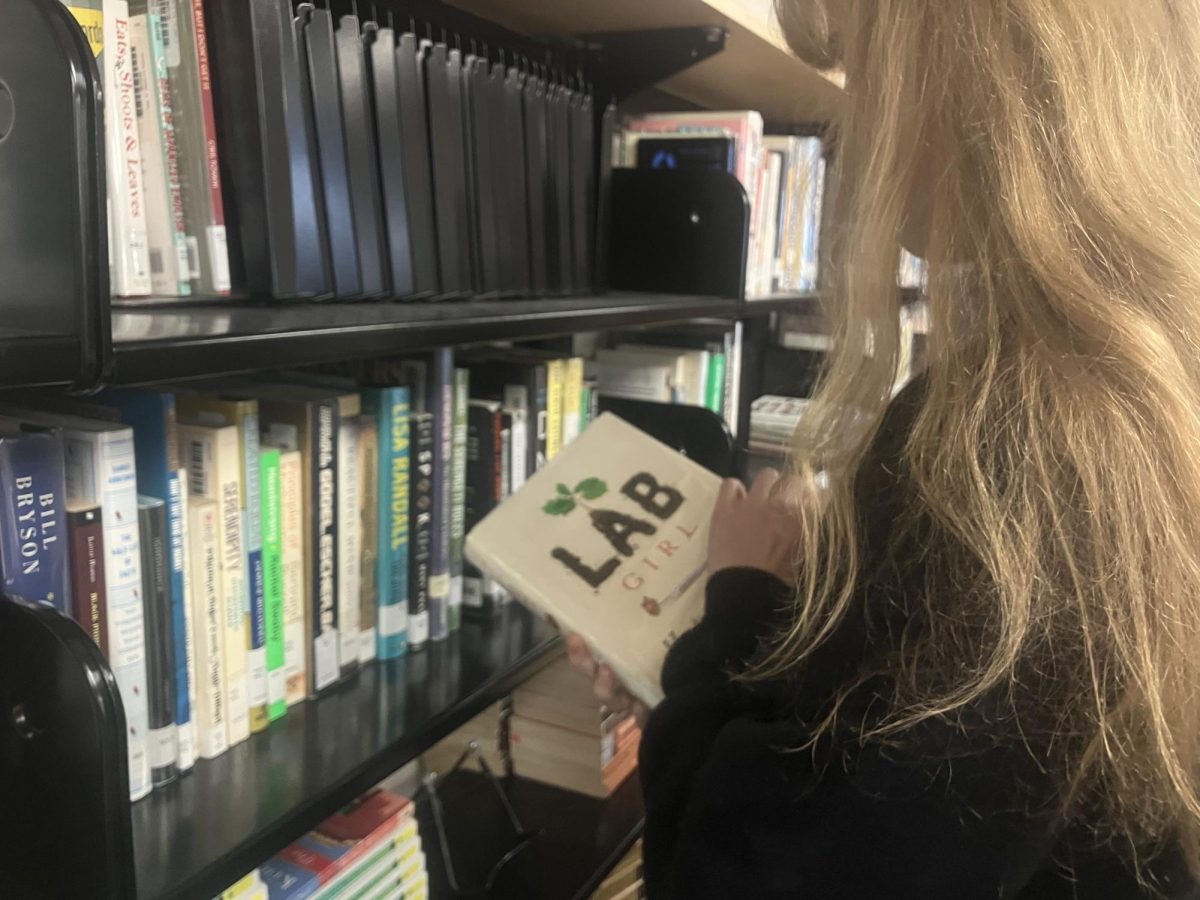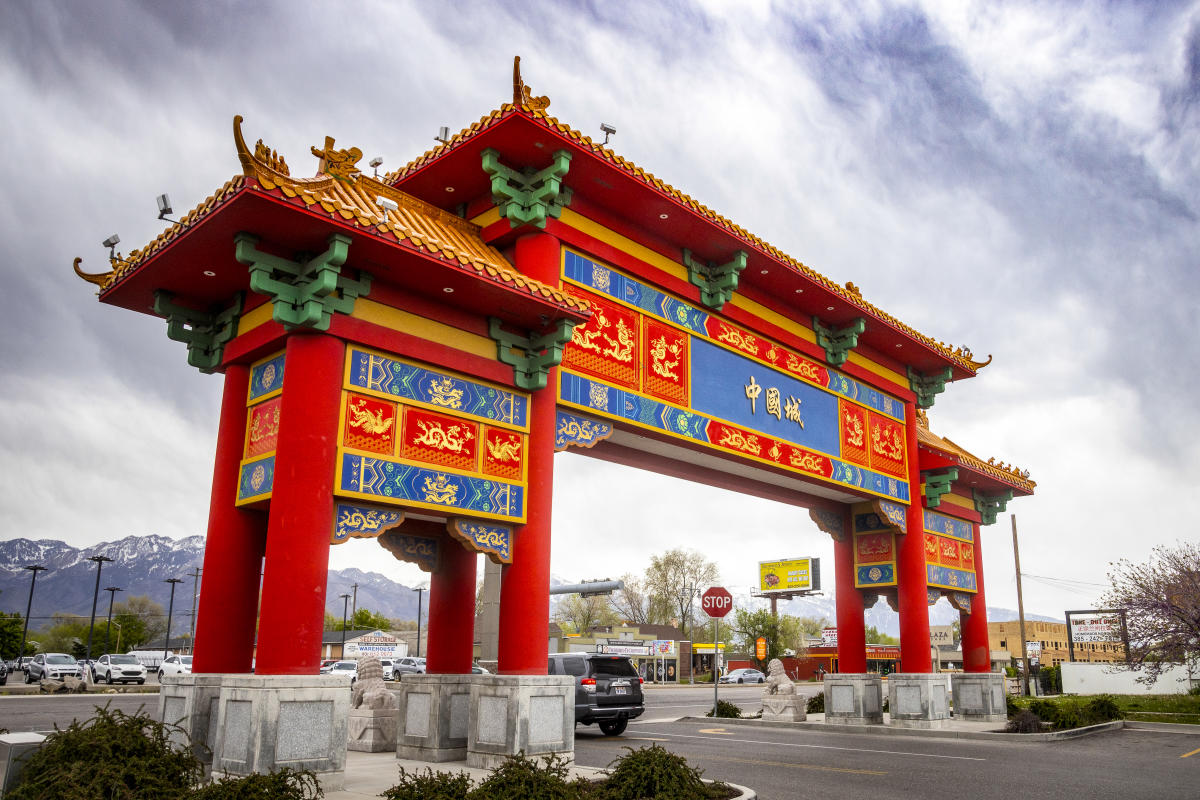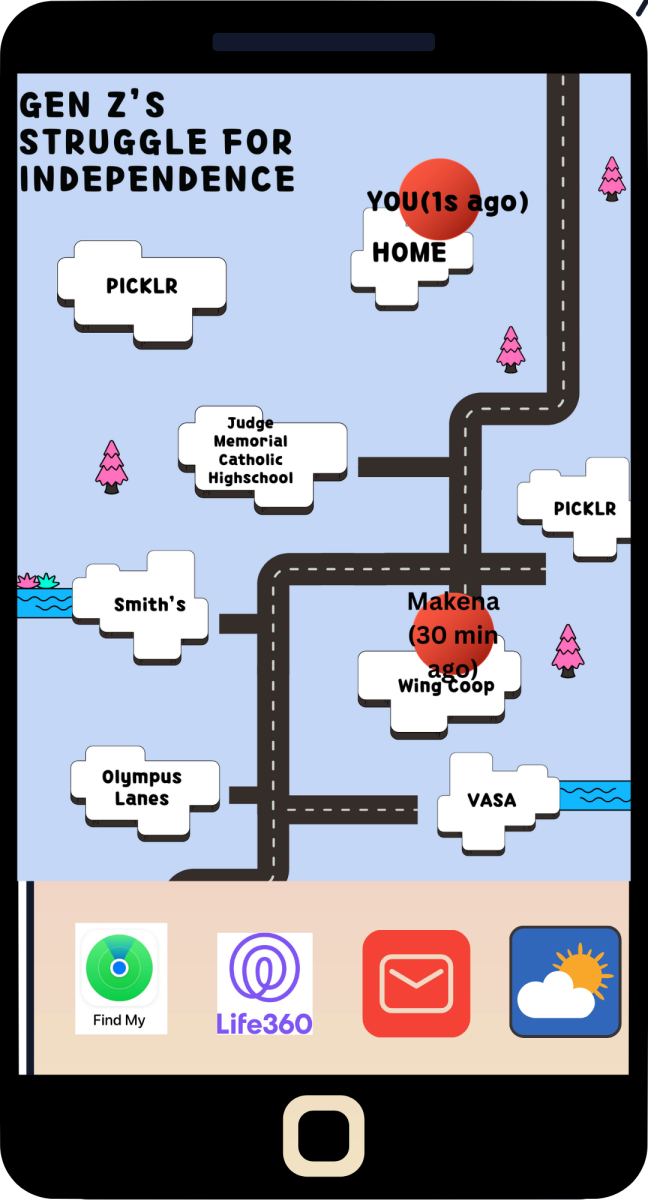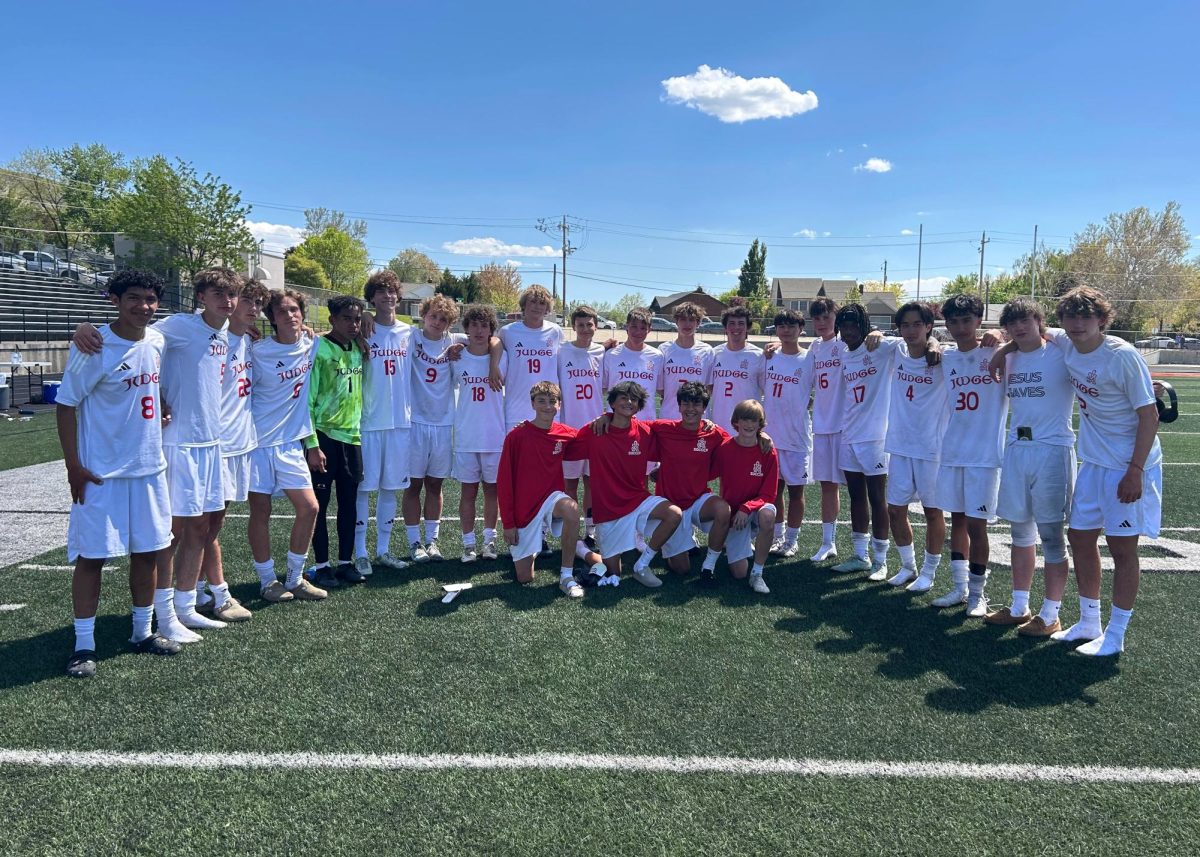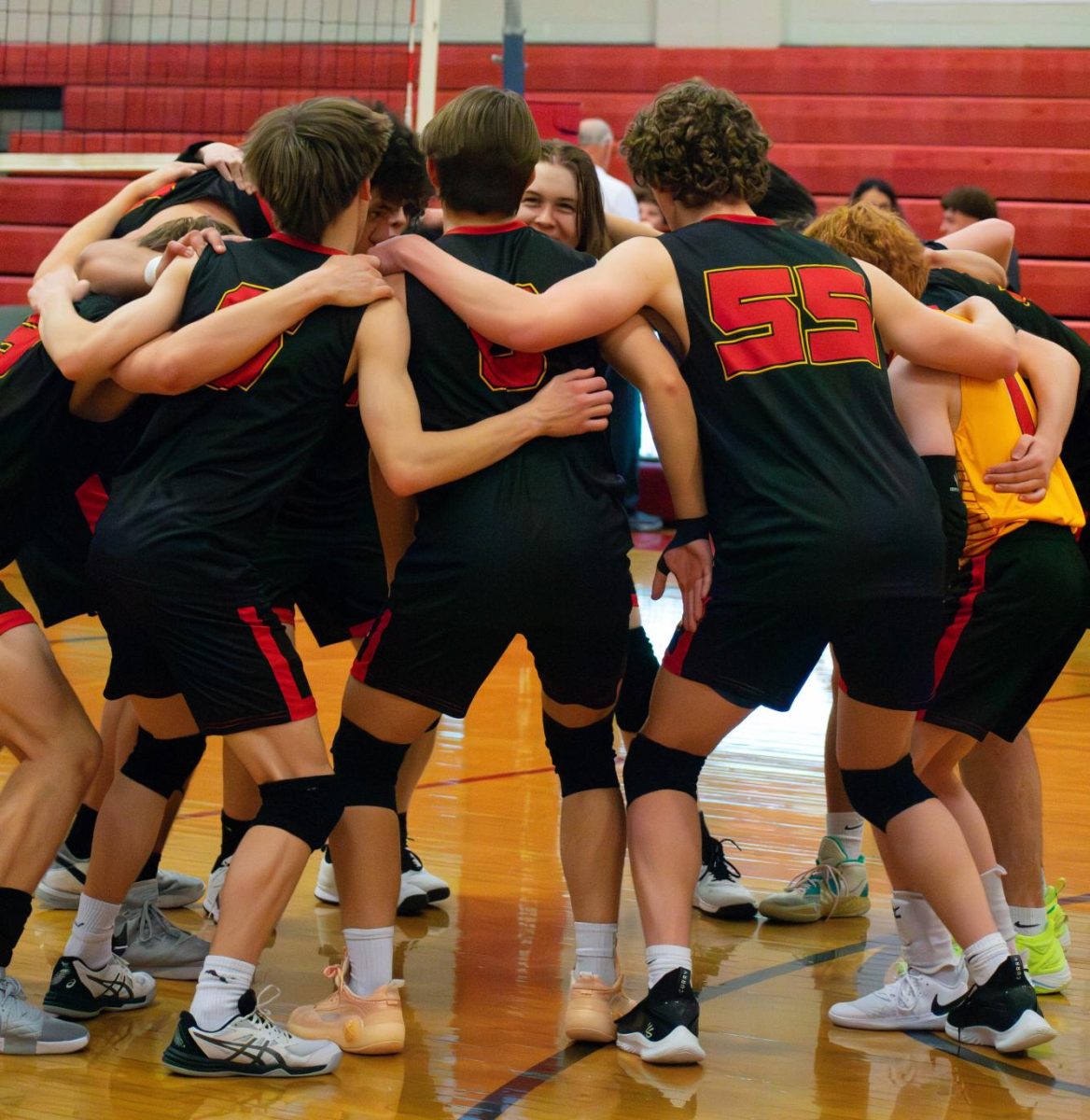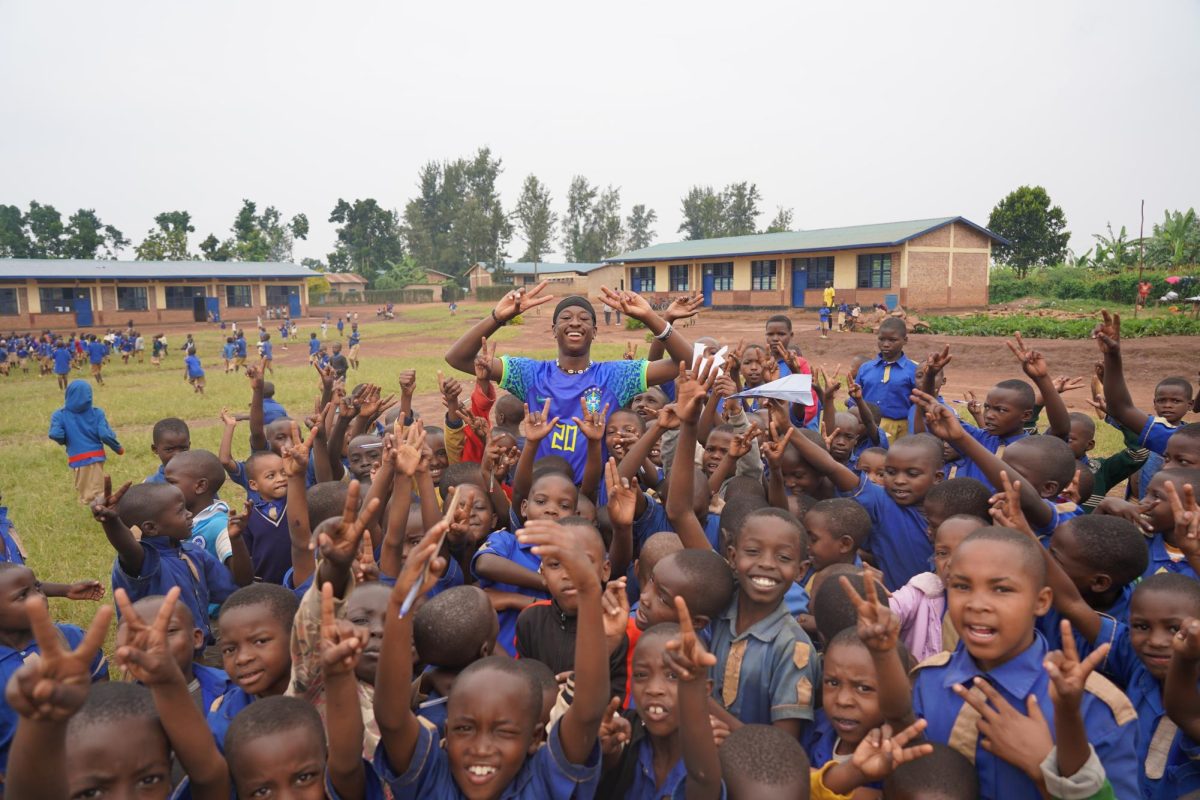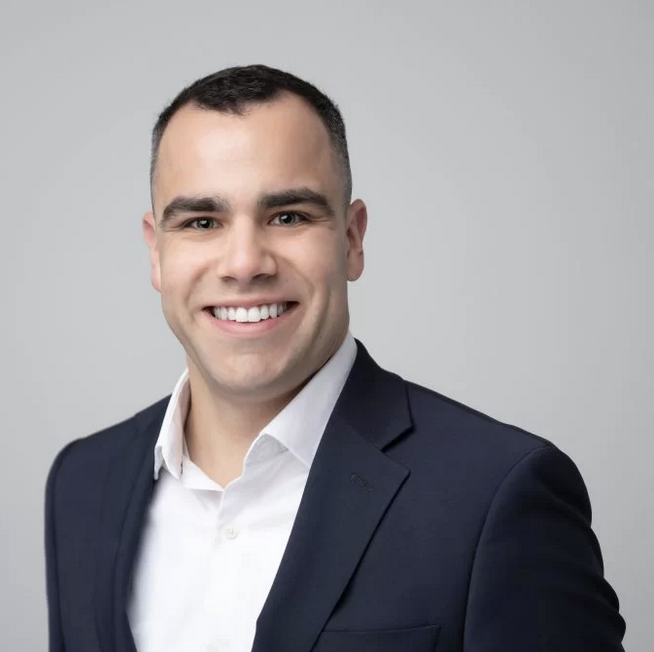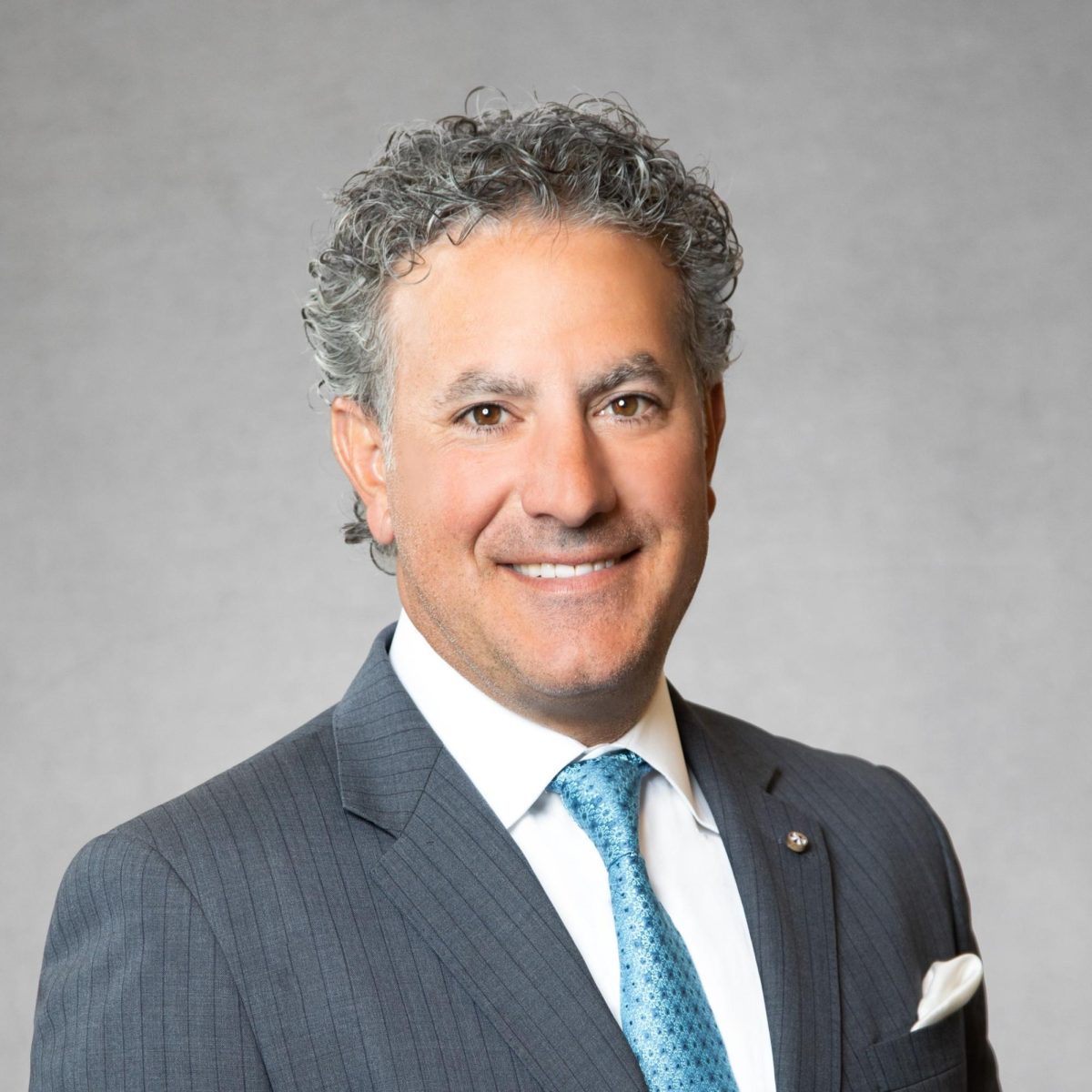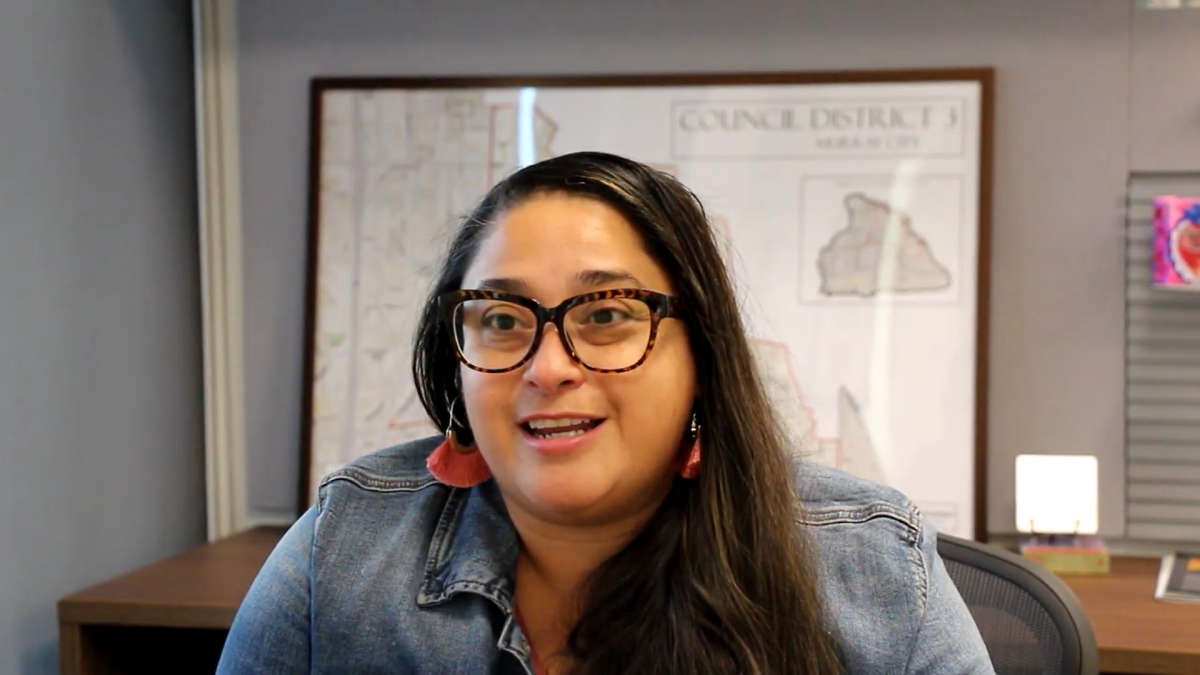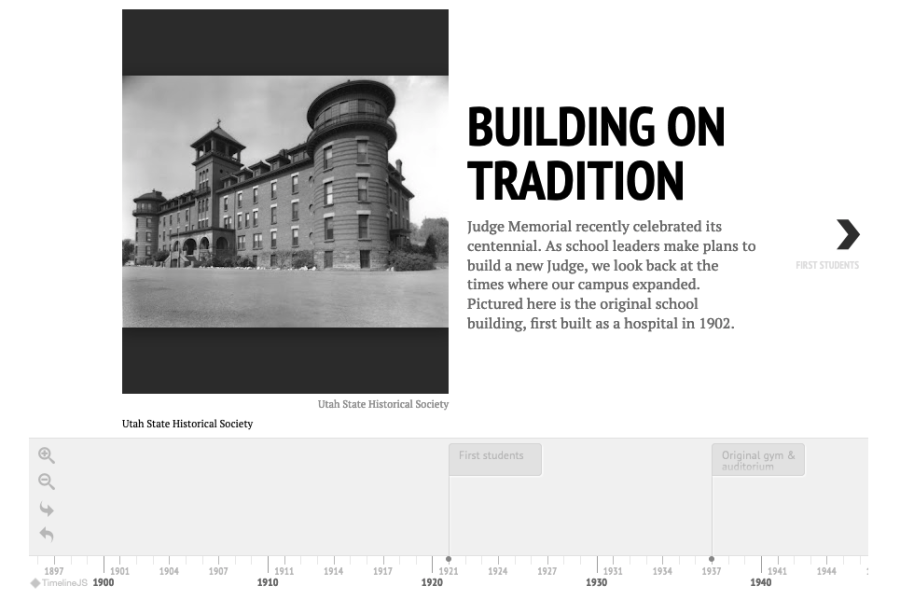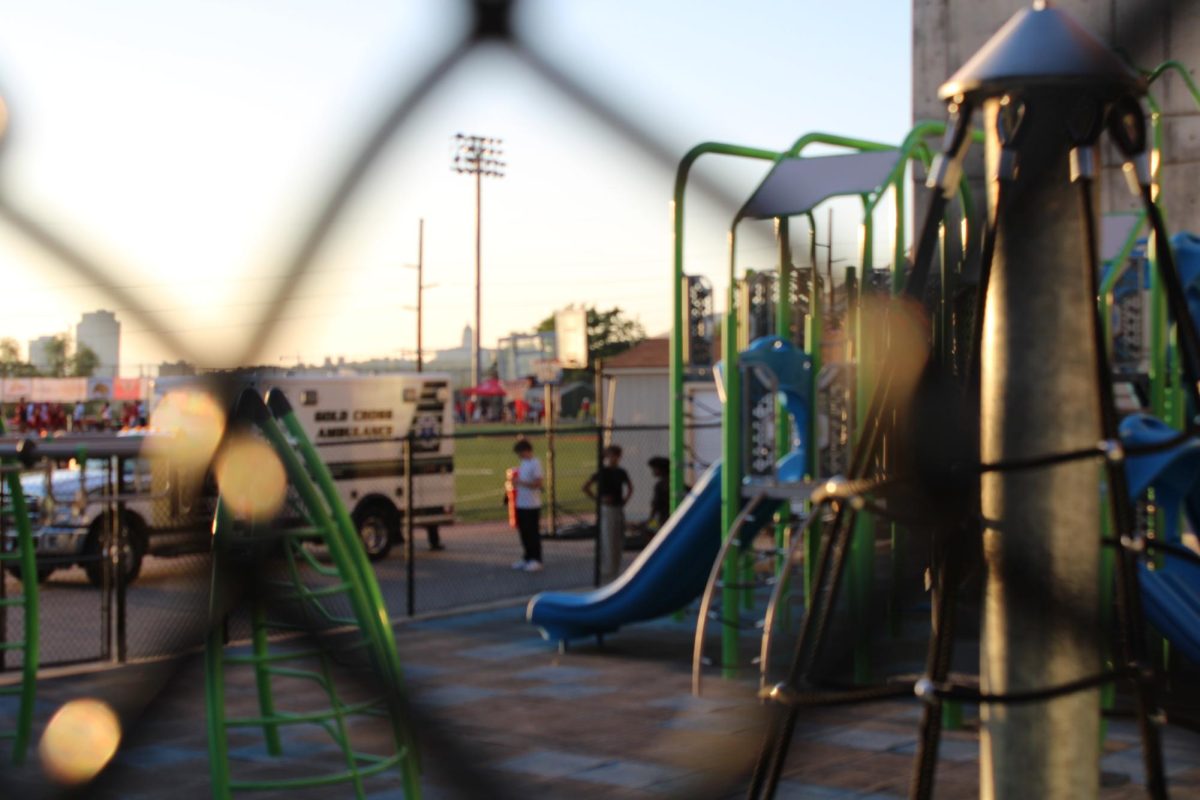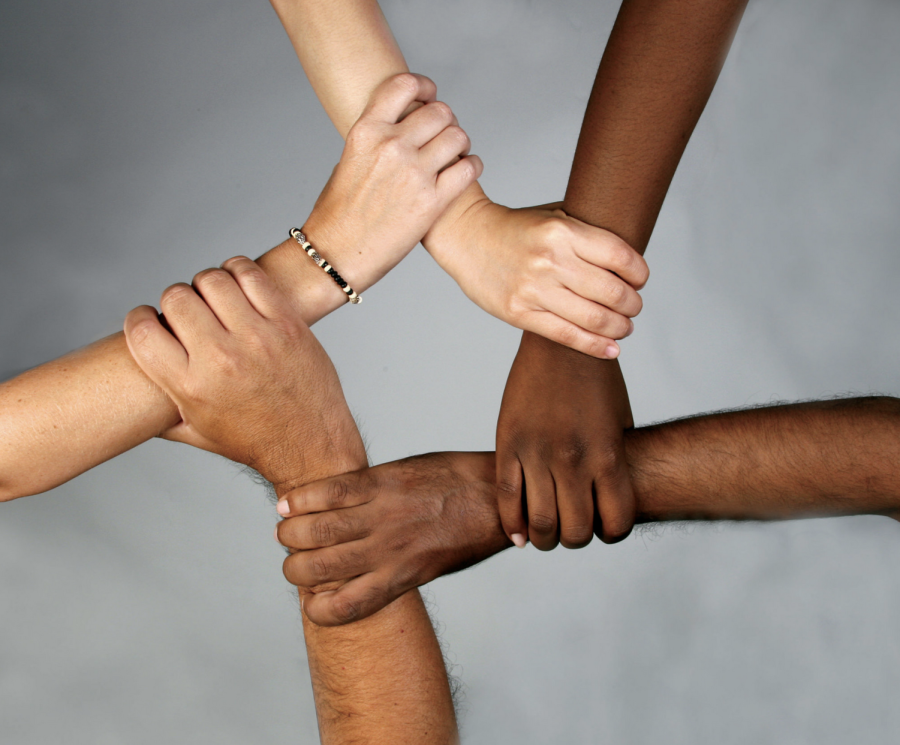Our classrooms, our future
“School Diversity” by Wonder Woman0731 is licensed under CC BY-ND 2.0.
Our school could use more diversity training.
March 8, 2023
As a student at Judge Memorial Catholic High School, I’ve experienced firsthand the lack of diversity and inclusion training for faculty and administrators.
I’ve experienced microaggressions and other uncomfortable comments in the classrooms and halls, which are way too common. A teacher told us, a group of students of color, that we needed to “desegregate.”
How can our educators be builders of a more just society, when they are perpetuating uncomfortable spaces?
Furthermore I had a situation where a student came up to me and said black people are good at basketball because “they like to shoot, steal and run.” These few situations have proved to me that racism is still alive and well in classrooms, and that teachers don’t know how to handle it.
So I ask myself, what can Judge Memorial do to create a safe and welcoming environment for all students?
It is time for our school to implement comprehensive diversity and bias training for all faculty and administrators. Teachers should be required to go through a curriculum that focuses on diversity and inclusion in classrooms and how we can make students of all backgrounds feel comfortable.
The Edutopia article, “Six strategies for successful diversity, equity, and inclusion training,” suggests a few strategies to bridge the gap of communication between teachers and students. This would include having guest speakers, improving interaction with all students, creating a culture of belonging, improving student outcomes overall, and most importantly having open discussions.
We already have open forums, but we need to structure them in a way that actually makes a difference. A lot of students after leaving these discussions feel like administration is not actually listening to them or making any changes to improve our school.

